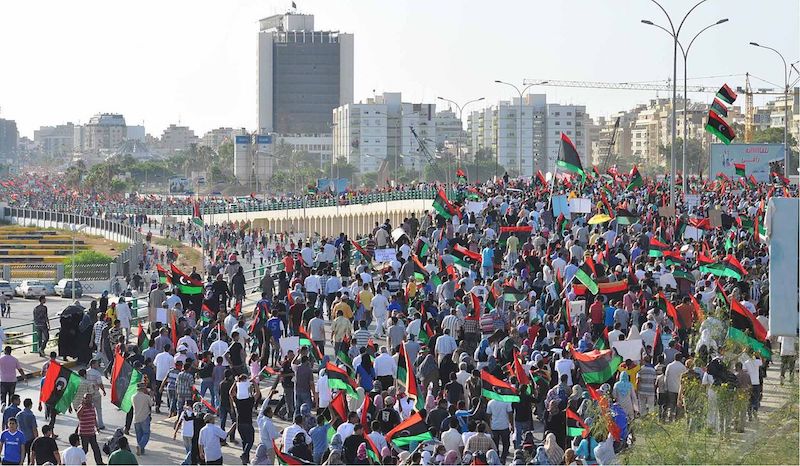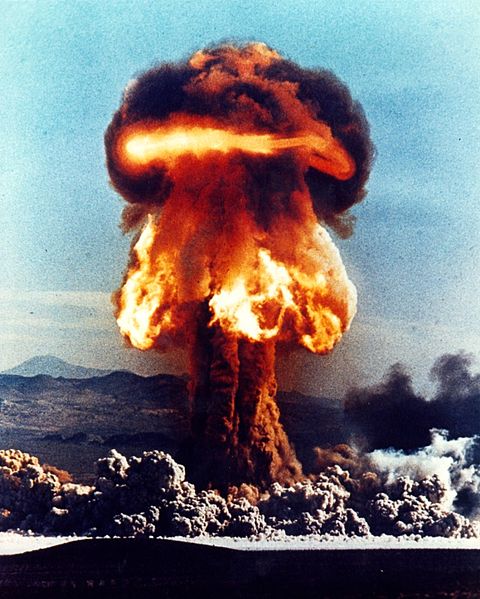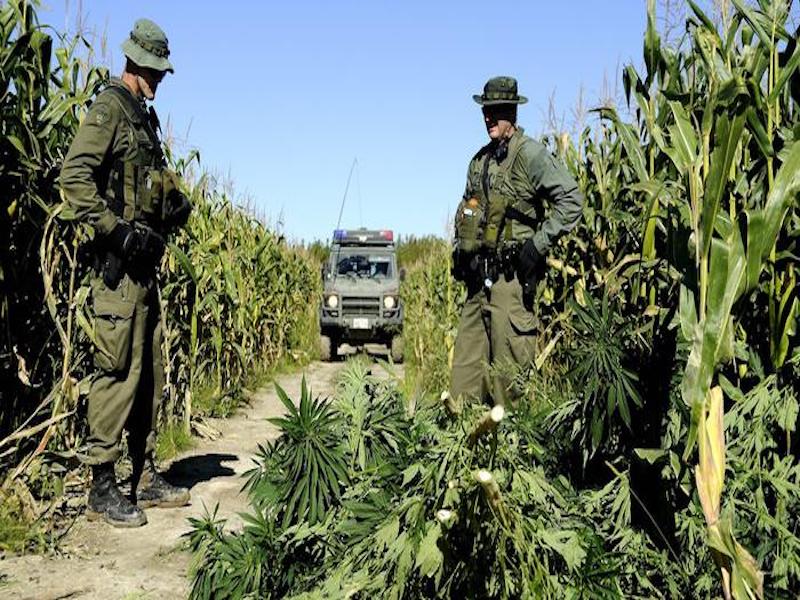In the politically turbulent Middle East, the House of Saud has remained remarkably steadfast. This is in large part due to its vast oil wealth, staunch repression of dissent, and religious legitimacy. However, the rise of the Islamic State of Iraq and Syria (ISIS)—and the resonance of its radical ideology with a significant percentage of Saudis—presents challenges to the Kingdom’s stability and foreign policy goals.
ISIS’ defining characteristic is its radical interpretation of Sunni Islam. The group recognizes that to gain control of Mecca and Medina, Islam’s holiest cities in Saudi Arabia, would dramatically increase its power and influence in the Islamic world. To accomplish this end, ISIS leader Abu-Bakr al-Baghdadi aims to trigger a sectarian civil war in the country.
Saudi Arabia is primarily a Sunni state, but 10-15% of its population belongs to Islam’s Shia sect. The Kingdom’s Shia minority resides primarily in the oil-rich Eastern Province. The Eastern Province is a hub for the global chemical industry and home to Ghawar, the world’s largest conventional oil field, which alone accounts for 6% of the world’s daily crude output.
While ISIS’ grand vision of toppling the Saudi monarchy is far-fetched given the regime’s large and well-equipped military, the eruption of sectarian conflict in the Eastern Province could destabilize the Kingdom and wreak havoc on global oil markets.
In Iraq and Syria, ISIS’ attacks on Shia and other religious minorities stems from its ideological intolerance for “apostates”, or those who reject its puritanical interpretation of Islam. But in Saudi Arabia, this ideological justification has strategic benefits. Using calculated attacks on Shia religious symbols, such as the recent mosque bombing in Qatif (pictured above), which killed 21 people and injured 80, al-Baghdadi hopes to provoke a sectarian conflict between the Kingdom’s Shia and their Sunni government.
Saudi Arabia’s political and religious establishments have long oppressed the Shia minority and exported anti-Shia propaganda, especially following the Arab Spring. Human Rights Watch reports that the Kingdom’s Shia have been subject to extensive systemic discrimination by the state, such as unjust arrest, sectarian vilification by prominent Sunni clerics, and various forms of educational and judicial prejudice.
This historical mistreatment has fostered unrest among Saudi Arabia’s Shia. The government has done little to address their concerns, which were voiced during the 2011 Arab Spring protests, preferring repression to inclusion.
In order to prevent Shia unrest in the lucrative Eastern Province, the Saudi government needs to protect Shia from ISIS attacks, limit the anti-Shia propaganda from Sunni clerics, and provide long overdue political concessions to address feelings of neglect and mistreatment.
However, combatting ISIS’ divisive sectarian strategy by providing concessions to the Shia poses several problems for the House of Saud.
A substantial set of political concessions to the Kingdom’s Shia would upset the Wahhabi establishment and other influential conservative factions, specifically in the judicial and education sectors. Indeed, the Wahhabi clerics’ control over the education sector is largely responsible for the strong anti-Shia sentiment held by a significant portion of the Kingdom’s Sunnis.
Many hardline Wahhabi clerics see the Shia as apostates and oppose further political integration. If the Saudi leadership provided major concessions to the Shia, it would risk alienating the religious establishment, thereby undermining the monarchy’s public support and religious legitimacy.
In recent years, some factions of the monarchy, led by the late King Abdullah, have made modest attempts to foster integration and inclusion of the Shia minority. During his reign, he created a controversial centre for inter-faith dialogue, avoided overtly sectarian statements, and loosened some restrictions on the Shia’s religious practices.
But these minor attempts at inclusion have been overshadowed by the Kingdom’s marginalization and often violent repression of Shia citizens. Government security forces have killed 20 young Shia men since protests began in 2011. The government has also given a death sentence to prominent Shia cleric Nimr al-Nimr on contentious charges of “foreign meddling” and “disobeying” the Kingdom’s rulers. Nimr’s sentence has provoked sectarian tensions, as many Shia see the ruling as unjust and a direct attack on their faith.
Additionally, the Saudi government has used anti-Shia sentiment as a rallying cry to fuel both its campaign against the Shia Houthis in Yemen and its broader struggle for regional influence against Iran. Because Saudi national identity is intimately linked to Wahhabism, the sectarian nature of the Saudi campaign in Yemen has sparked an increase in Saudi nationalism and support for the monarchy. Many citizens view it as an overdue response to Iran’s alleged regional aggression.
To prevent ISIS from igniting sectarian conflict while pursuing a more assertive agenda abroad aimed at boosting the regional influence of Sunni states, Riyadh will need to strike a delicate balance between sectarian-tinged nationalism and political integration of the Shia community. Striking this equilibrium will require King Salman to display masterful statecraft. He will need to simultaneously balance two opposing forces: the anti-Shia sentiment that garners the approval of Saudi conservatives and support for his Iranian proxy-war, while also fostering acceptance of the Kingdom’s Shia communities. Getting this balance wrong and sparking sectarian conflict in the Eastern Province would provide momentum to ISIS’ agenda and undermine the Kingdom’s oil wealth.




